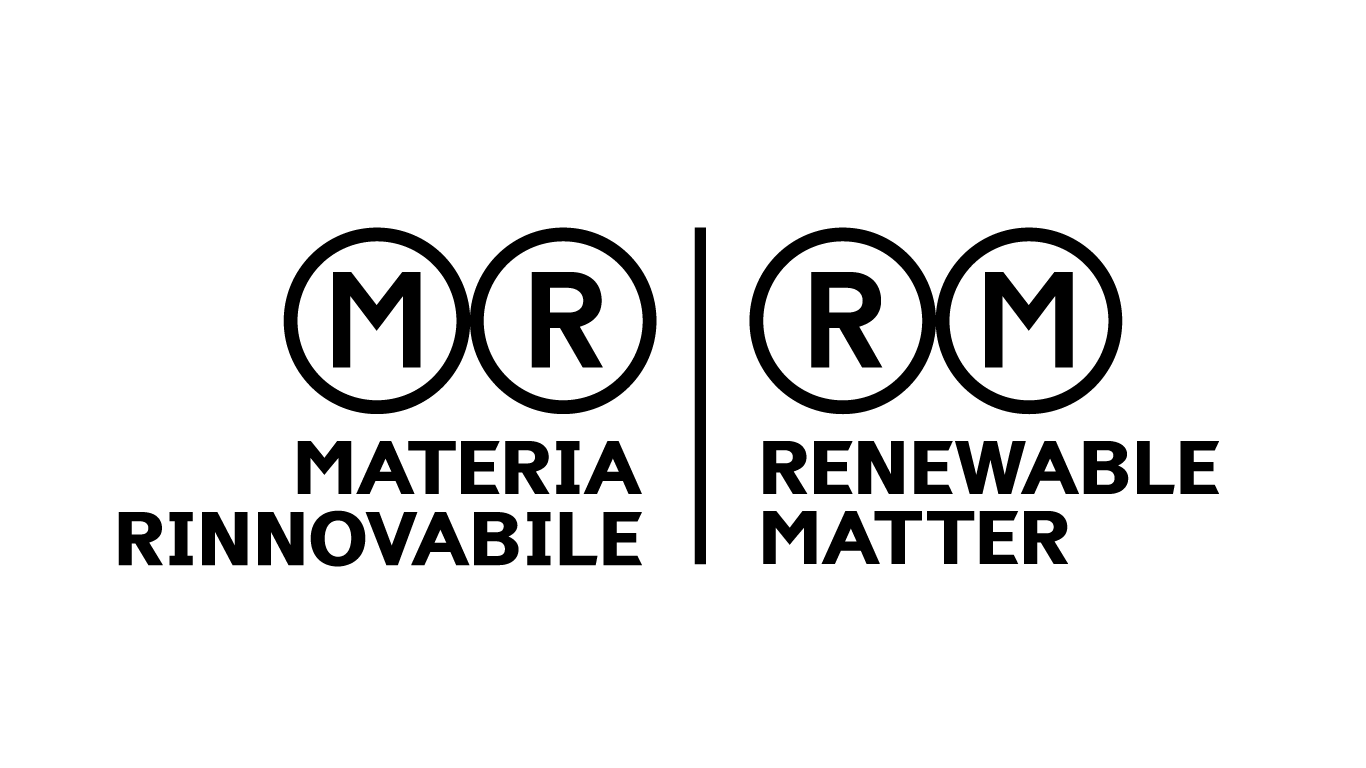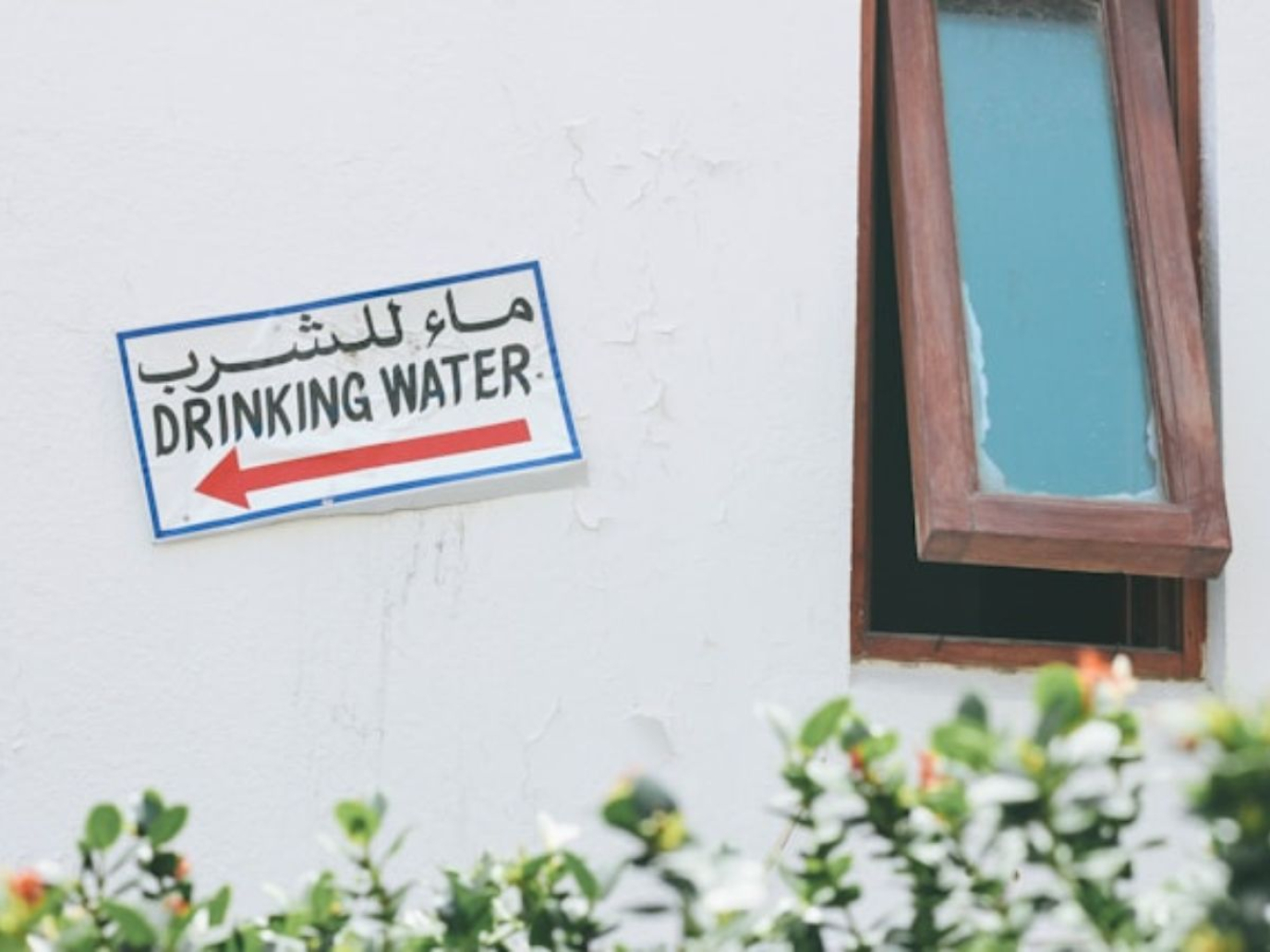
This article is also available in Italian / Questo articolo è disponibile anche in italiano
Fifteen years after the historic UN resolution that established access to safe drinking water and sanitation as a fundamental human right, the global picture of access to this resource continues to show serious imbalances. A new joint report by the WHO and UNICEF estimates that 2.1 billion people worldwide still do not have access to safe water, with inequalities particularly evident in low-income countries, rural areas and the most fragile contexts.
According to some estimates, the actual number could be as high as twice that. Pedro Arrojo-Agudo, United Nations Special Rapporteur on the human rights to safe drinking water and sanitation, explains this to Renewable Matter:
“At the same time, however, awareness and defence of the human right to safe drinking water and sanitation have clearly grown, fuelling movements that reject privatisation and promote democratic water governance. However, new strategies for the financialisation of water are emerging, part of a broader process on the entire economy, which is much harder to resist.”
What is the current global status of the human right to water?
The situation is unfortunately worsening despite the efforts being made, primarily because of the growing toxic pollution of rivers and aquifers, and due to the climate emergency, among other factors. Recently, a report by a prestigious research team in Switzerland raised the estimate to 4 billion people – double the figure officially recognised today – without guaranteed access to safe drinking water. And I believe they are right.
What are the main causes of such disagreement?
Official data consider tap water as safe drinking water, which is far from true. Toxic contamination of rivers and aquifers is increasing, in fact, from mining activities, pesticides, and in many cases from officially permitted industrial discharges. These kinds of pollutants cannot be removed in treatment plants. Chlorination is often very deficient, as I have observed during my official visits to various countries. Water supply networks are interrupted to reduce leaks, but when pressure drops, intrusions occur at leak points. This explains the large gap between the 2 billion people officially counted and the 4 billion estimated. Either way, it is an enormous number.
In one of your recent reports to the UN, you presented availability, accessibility, affordability, quality, and acceptability as essential principles for fulfilling the human rights conditions.
I insist on adding the principle of sustainability of aquatic ecosystems, as part of the human right to a healthy and sustainable environment that is already recognised, along with the principle of priority. As I have written explicitly in my report, not even poverty or the lack of resources in developing countries justifies ignoring or relegating the budgetary priority that should be allocated to fulfilling human rights. Let’s look at what happens in the poorest families in the world. In these households, women consider water the top priority. Even though they are extremely impoverished, water comes first. They devote time, energy, and even take risks to bring water home. I tell governments: please, follow the example of these women in your budgets and policies.
At the same time, you deem it essential to promote transparent water governance, with public and effective accountability and open social participation.
I explain all this in greater detail in the report on democratic water governance that I will present to the UN General Assembly, with all the principles that I believe must be considered – not only from the perspective of adopting a human rights-based approach, but also from the perspective of recognising water as a common good. That also means responsibility for people and from people. It is not only about rights but also about duties. These complementary principles go further than simply guaranteeing a human rights-based approach, by fostering community-based approaches to water.
What are then the implications of considering water as a mere economic resource?
By prioritising its economic benefits in productive activities, market logic inevitably prevails. This marginalises those living in poverty who cannot compete in the market, while also jeopardising environmental values and functions, undermining both human rights and the sustainability of ecosystems. Even in more sophisticated forms, instead of ignoring environmental and social values, they are monetised through methodologies of so-called environmental economics. But this approach is deeply inconsistent.
For example?
Assigning a monetary value to human health or biodiversity – what is the value of your family’s health when it depends on safe drinking water? These methodologies attempt to give a price to the health of your son or daughter, but in my view, this makes no sense. In this way, although such values are not ignored, they are subsumed under market logic, which legitimises certain levels of pollution as long as the polluter pays up. Under this approach, it is the market – not nature itself – that defines what level of contamination is legitimate, whereas sustainability must be guided by the laws of nature, not market calculations. The same applies to social values.
In the report, you give evidence that public-private partnerships and financialisation can undermine human rights (par. 101). Is it possible to structure these approaches in a way that protects human rights and avoids social costs, or are they inherently risky?
Public-private partnership strategies, by their very nature, are dominated by the private sector, which demands control over management and profits as its central objective. If that control is not guaranteed, the private sector simply does not participate. This control is often disguised under the appearance of a partnership with the public sector. A clear example is the water and sanitation management model of the last two decades, where the municipality may hold 51% of the shares in a joint venture, while the private corporation holds 49%. Yet the concession contract usually establishes that, given the complexity of management, the minority partner has responsibility for operations, securing effective control. Under the pretext of technical expertise – what is called know-how, or savoir-faire in French – the private partner guarantees control not through shareholding majority, but through management authority. The power asymmetry between large corporations and local councils responsible for services leads to regulatory capture. Even in cases where the regulator is strong, such as Ofwat in England and Wales, freedom to profit has been prioritised over the public interest under the guise of attracting private investors. This has enabled speculative operations as damaging as the one carried out by Macquarie Bank with Thames Water in the United Kingdom. The case is astonishing: it ended with the company burdened by massive debt, sharp tariff increases for consumers, deteriorating infrastructure due to lack of investment, and extraordinary profits for Macquarie shareholders. This scandalous outcome has led to the need for a bailout of the company with public resources.
Speaking about power asymmetry, do you have a comment about what is happening in Gaza?
In places like Gaza, where international law is openly violated, even multilateral institutions are at risk, and with them our collective future as humanity. Water is being weaponised against the population. We are witnessing genocide, with water deprivation used as a tool of ethnic cleansing and extermination. These are extreme situations that show the urgency of democratic water governance.
How can we ensure the sustainability of aquatic ecosystems across large basins while guaranteeing equity for millions of users – making transparency, participation, and accountability essential? What strategies support this?
Progressive tariffs based on consumption blocks can combine universal access to quality services with recovery of overall costs, penalising waste and minimising ecological footprints. Services must be provided on a non-profit basis. Cities can institutionalise observatories with access to management data, ensuring citizen and community representation in operators’ boards. Legal frameworks should establish a vital minimum of drinking water for all, prohibiting service cut-offs to vulnerable households unable to pay. Community management models, already widespread in indigenous, rural, and urban neighbourhoods, must be respected and strengthened, including through innovative public-community partnership strategies like the one now advancing in Colombia. Public financing must support infrastructure investments that exceed local capacities, especially in rural areas, with appropriate budgetary priorities for progressively realising the human right to safe water and sanitation.
Can you share with us examples of countries and regions that have successfully implemented such measures?
I think it’s useful to highlight these experiences at different levels: state, municipal, community, and within organised civil society. Since the human rights to safe drinking water and sanitation were recognised in 2010 by a vote of the UN General Assembly, progress has been made, but not enough. Few countries have adopted specific laws and regulations to implement these rights in daily practice. Countries such as Uruguay, Bolivia, Mexico, and South Africa, among others, enshrine the right to safe drinking water in their constitutions. This is positive, but not sufficient. For rights to be effective, they must be applied in practice. Some countries, including Colombia, South Africa, and Spain, have established national minimum living standards that must be guaranteed to all, but these remain limited. The most effective advances tend to occur at the municipal level, since responsibility for these services usually lies locally. There are important cases in Córdoba, Seville, and Cádiz in Spain, as well as Paris and Lyon in France. In Latin America, Medellín and Bogotá in Colombia have also taken steps. In South Africa, municipalities ensure access to water even for the poorest families, by embedding minimum standards in local management regulations and implementing targeted strategies to guarantee water and sanitation for the entire population.
However, we know the most vulnerable communities are often indigenous and impoverished rural populations, which maintain community-based management models.
By principle, these ensure that no one is excluded: all members share access to the available water, no matter how scarce it is or how poor the community may be. One important reference is the Red de Acueductos Comunitarios in Latin America, which manages water for around 70 million people, most of them extremely poor. Local water laws and community institutions in these areas provide key models of resilience. At the level of organised civil society, another significant trend is the rise of citizen water observatories. Among the many emerging examples, I would highlight what is happening in Mexico with the Contralorías autonomas del agua. They have shown remarkable dynamism, extraordinary levels of citizen participation, and a strong capacity for social pressure to improve accountability.
One last question. How do you envisage the role of philanthropy, often considered a tool of capitalism?
I see it as a positive contribution. Charity is fine, and voluntary support should be encouraged, but it can never be the foundation for addressing poverty, marginalisation, or inequality. It is helpful, but not a substitute for structural solutions and the fulfilment of rights.
Cover: photo by Olivia Hutcherson, Unsplash



